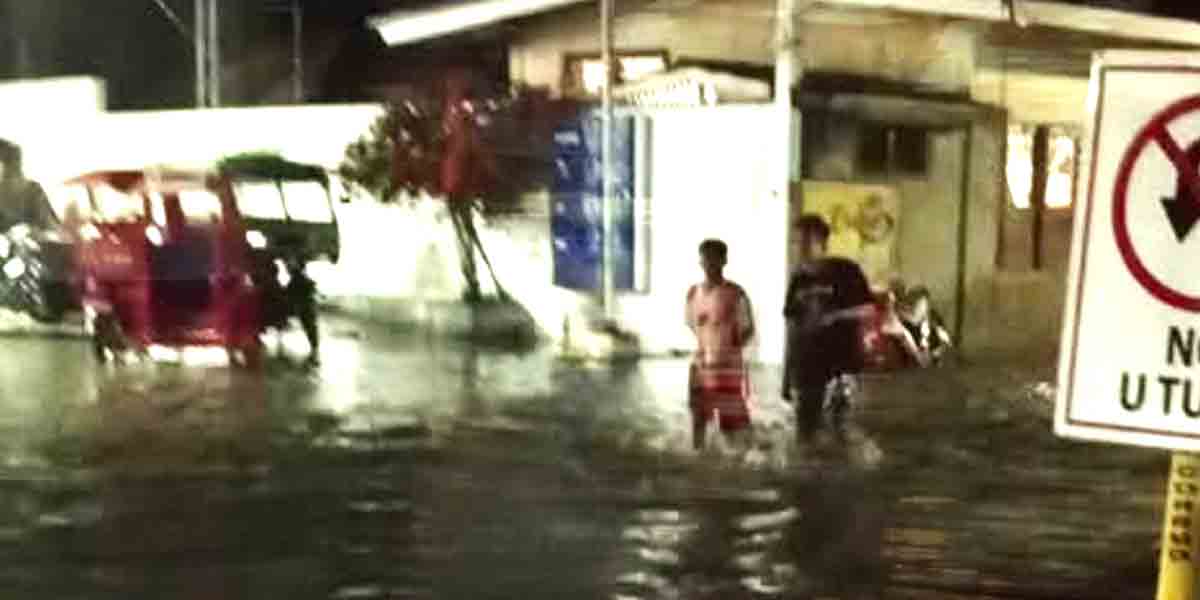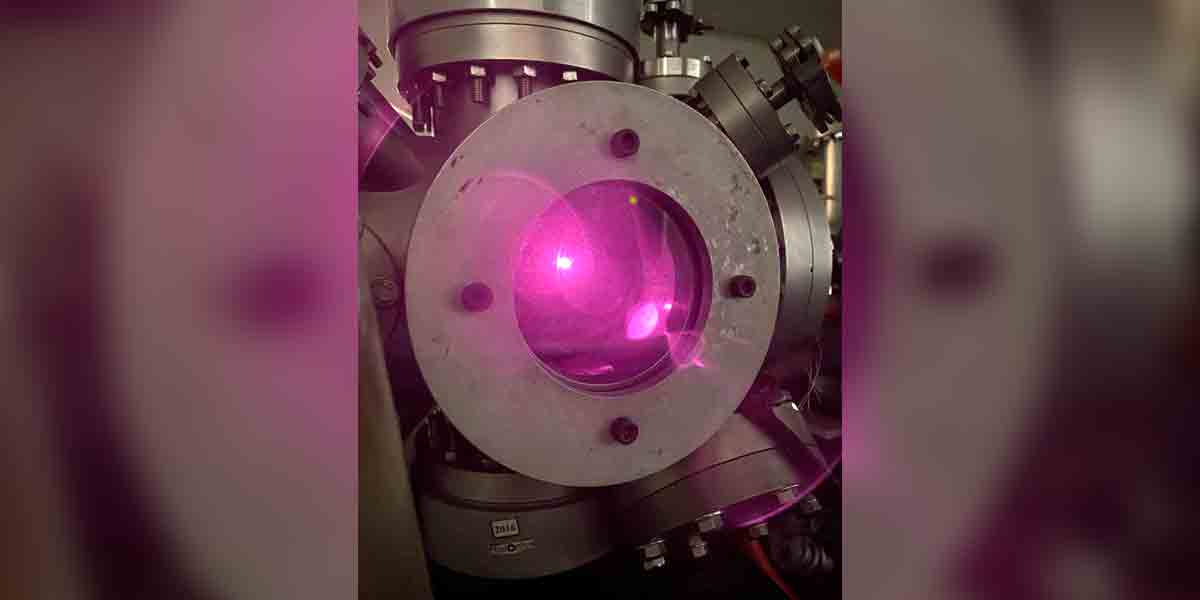By Herbert Vego
TODAY marks the 40th death anniversary of the man who could have been President of our nation, former Senator Benigno “Ninoy” S. Aquino Jr.,
The “Ninoy Aquino Day” every August 21 has been commemorated as a special non-working holiday since the year 2004 under Republic Act No. 9256, signed by former President Gloria Macapagal Arroyo on February 25, 2004.
August 21, 1983 will always live in the memory of us who idolize Ninoy. I was 33 years old and already an active newspaper editor in that year.
I remember that, as early as 9:00 a.m. on that fateful Sunday, I was drinking beer and munching peanuts with friends in a neighbor’s house in Lagro, Quezon City. It was our way of celebrating the announced arrival of Ninoy from exile in Boston, Massachusetts. And so, we were all glued to the transistor radio.
Ninoy’s brother Agapito “Butz” Aquino (deceased) was on standby, along with an estimated 5,000 people, outside what used to be the Manila International Airport (MIA), which would eventually be renamed Ninoy Aquino International Airport (NAIA) through Republic Act No. 6639.
But Butz could only say “sorry” because Ninoy had opted to keep his flight data a secret for security reasons.
The next voice we heard on the air at past 1:00 p.m. was that of the late Senator Salvador “Doy” Laurel. He was sobbing while breaking the bad news that Ninoy had been shot dead while descending a China Airlines plane on the airport tarmac.
I ran back to our apartment crying. By then, all 13 Manila-based TV channels were showing video clips of a military general explaining that one Rolando Galman had breached airport security and shot the deplaning Ninoy. In my mind, however, it was a military operation aimed at altering the course of history.
Succeeding events would see the trial, conviction and imprisonment of soldiers responsible for the assassination. But none of them revealed the mastermind behind; he has remained unknown.
I shed tears, having personally met Senator Ninoy Aquino for the first and last time in 1970 during a convocation at the Manuel L. Quezon University (MLQU), where he and another senator, Raul Manglapus, were our guest speakers. I was news editor of our campus paper, Quezonian.
Ninoy was only 50 on the day he died. By then, most Filipinos had grown weary of the dictatorial government of President Ferdinand Marcos who, despite having already lifted martial law, was still in absolute control of the executive, legislative and judicial branches of government.
Ninoy Aquino could have run and won in the aborted 1973 presidential election had Marcos not declared martial law in 1972.
No other Filipino leader in those days was as popular as Ninoy. His eloquent speeches aired here and abroad were both serious and humorous, instilling in listeners the determination to become part and parcel of unfolding events aimed at restoring democracy.
The sudden decision of Ninoy to return to the Philippines in 1983 coincided with the rumor that Marcos was terminally ill due to a renal disease. Everybody worried over the possibility of scramble for power among his wife Imelda, Armed Forces of the Philippines chief Gen. Fabian Ver and Defense Minister Juan Ponce Enrile.
Ninoy was hoping to persuade Marcos to work out a peaceful transition to a duly-elected government.
Ironically, while Ninoy’s death at age 50 might have ended a higher political ambition, it paved the way for his widow Cory and their son Noynoy to be President of the Philippines in 1986 and 2010, respectively. The circumstances behind their ascents to Malacañang Palace were truly providential.
It was Ninoy’s brutal murder that paved the way for his widow Cory to the presidency via the People Power Revolution of February 1986; and Cory’s cancer-caused death that motivated the sympathetic voters to elevate the then Senator Benigno Simeon “Noynoy” Aquino III to the presidency in 2010.
In a speech before the Filipino-American community at Boston College in Boston, Massachusetts, Noynoy recalled, “Dad’s death started a new movement for change.”
Noynoy himself lost his life to renal disease on June 24, 2021.
Amid the prevalence of graft and corruption in government offices and the worsening poverty of the masses today, Juan dela Cruz wonders whether the Aquinos have accomplished that mission for change.
-oOo-
MINIMIZING POWER OUTAGES
TIME was when power consumers of Iloilo City would blame their distribution utility, MORE Power, for every brownout.
They now realize it is a wrong notion, since the sole function of the company is to distribute power emanating from the generating plants, passing through the transmission lines of the National Grid Corporation of the Philippines (NGCP).
Wary and worried over that misconception, MORE Power has tapped the help of its new affiliate, MORE Power Barge, Inc. (MP Barge) to support the transmission of energy in Panay Island in cases of faults in the power grid.
An ancillary services procurement agreement (ASPA) between NGCP and MP Barge for a “black start” would allow the latter to re-energize the transmission system and provide start-up power to generators which could not self-start.
Thanks to the Sangguniang Panglunsod’s Committee on Energy and Public Utilities, headed by councilor Romel Duron, for discussing the matter in last Thursday’s public hearing.
Kudos to MORE Power’s President Roel Z. Castro for his persistent efforts aimed at boosting the company’s reputation through modernization comparable to that of the old big players in the power industry.
















